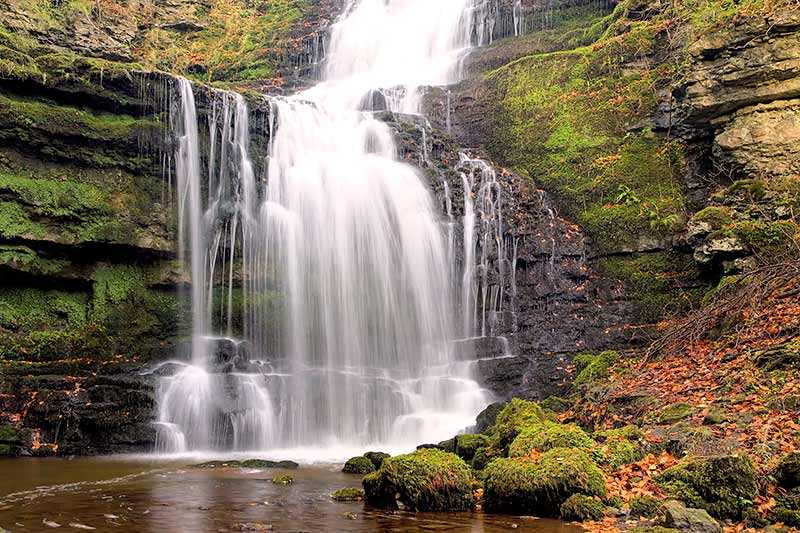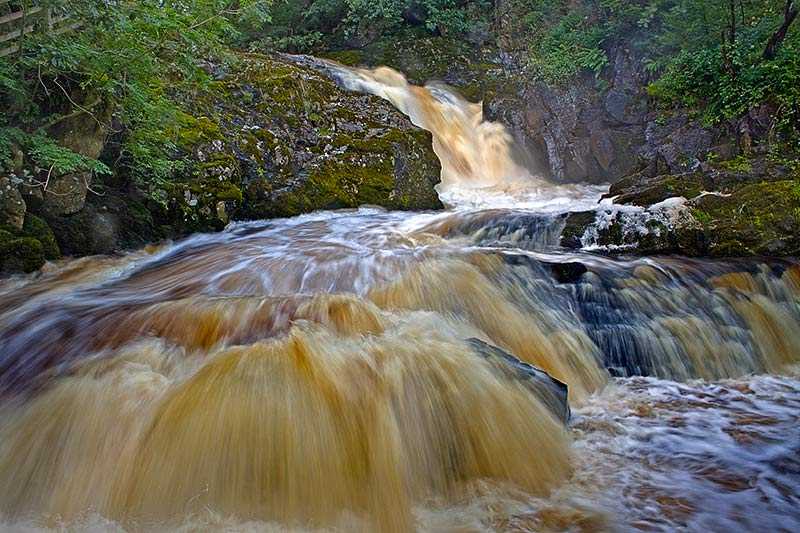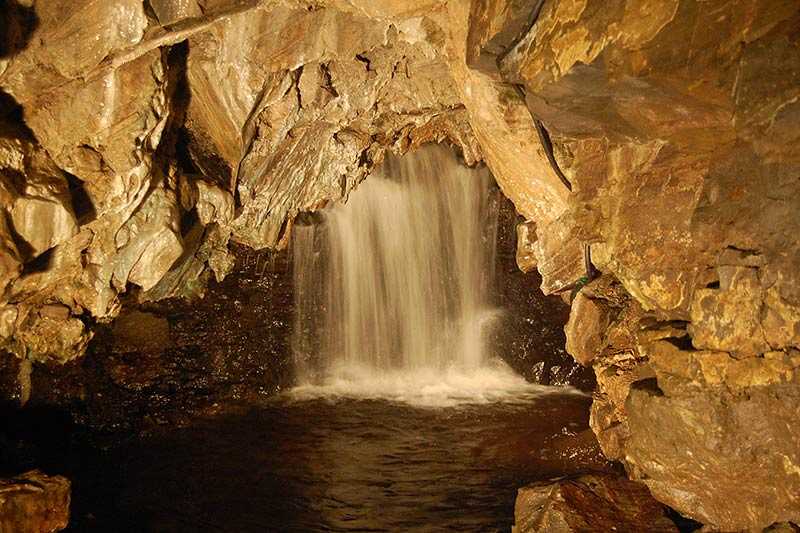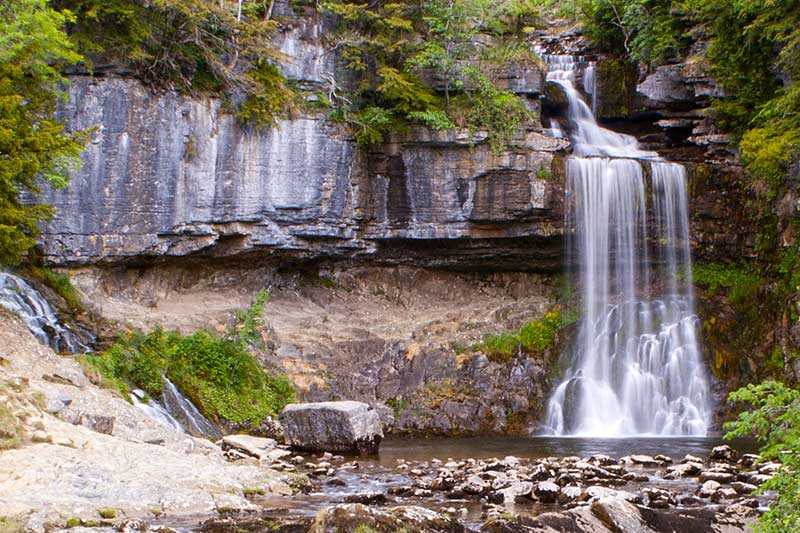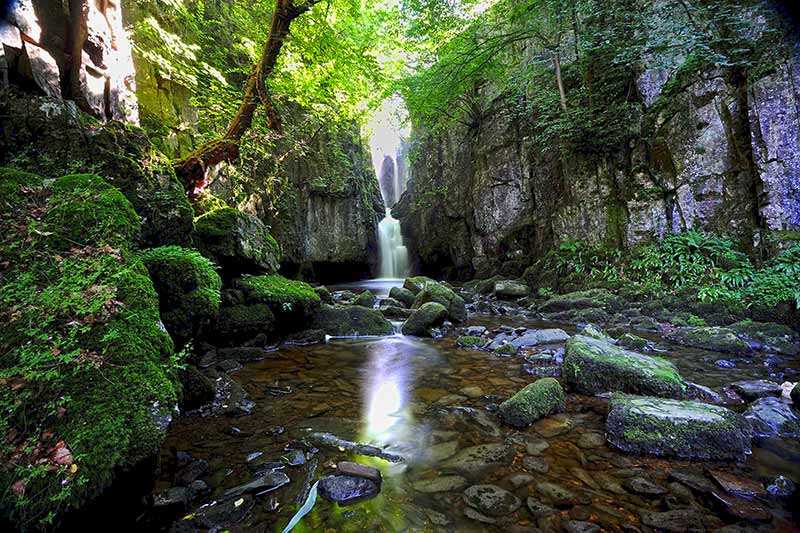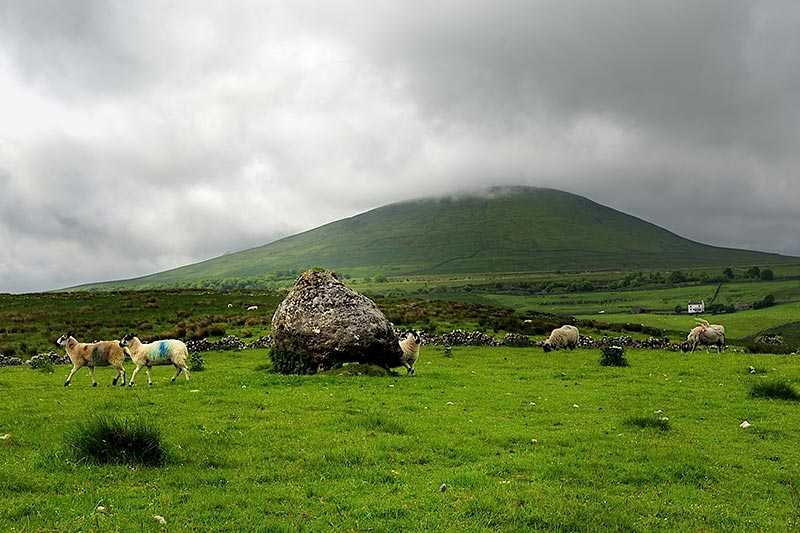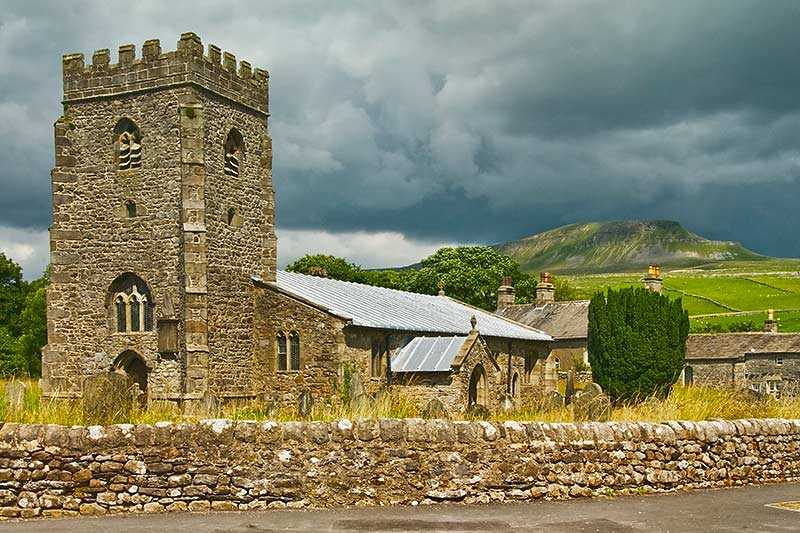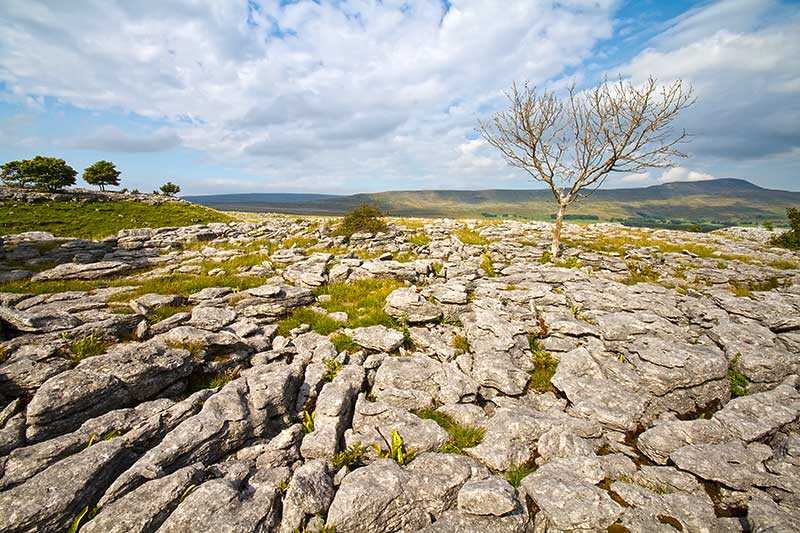Forest of Bowland AONB
About Forest of Bowland AONB
Forest of Bowland was designated an AONB in 1964. Situated mostly in north-east Lancashire with a small portion in North Yorkshire, the landscape consists...
About Forest of Bowland AONB
Forest of Bowland was designated an AONB in 1964. Situated mostly in north-east Lancashire with a small portion in North Yorkshire, the landscape consists of barren gritstone fells, deep valleys and peat moorland. 13% of the area has been declared a Site of Special Scientific Interest for its heather moorland and blanket bog, a nationally and internatio...
Things to do near Forest of Bowland AONB
Attractions near Forest of Bowland AONB
Activities
About Forest of Bowland AONB
About Forest of Bowland AONB
Forest of Bowland was designated an AONB in 1964. Situated mostly in north-east Lancashire with a small portion in North Yorkshire, the landscape consists of barren gritstone fells, deep valleys and peat moorland. 13% of the area has been declared a Site of Special Scientific Interest for its heather moorland and blanket bog, a nationally and internationally important habitat for upland birds. The AONB also includes a separate portion known as the Forest of Pendle.
Fauna and Flora
The moors are home to many threatened species including the merlin, golden plover, curlew, ring ouzel and the rare hen harrier.
Tourism
Forest of Bowland is not on the main tourist track. It’s used mainly by bird-watchers, walkers and cyclists, so you’re guaranteed to find a quiet spot.
Activities and Warnings
The western side of the Forest of Bowland is hilly, rising to heights of 413 m (1,841 ft) and attracts mainly walkers.
Some parts of Bowland only became open to walkers in 2004 when the Countryside and Rights of Way Act 2000 came into force in the area. While this means much of the area has been designated Access Land, it also must be protected for the important natural and cultural heritage, so restrictions do apply. The land is open to forms of recreation on foot, such as walking, birdwatching, picnicking, running and climbing. No vehicles are allowed; nor is cycling, horse riding (except on designated bridleways), camping, hang gliding, paragliding or swimming. Check maps for details.
Otherwise, there are over 500 listed buildings and 18 scheduled monuments within this area, representing snapshots of its history over the years.
Did you know?
Although named ‘Forest of Bowland’, there are fewer trees than you might expect to see: the name refers to its historic status as a hunting ground, when the term included any land that supported deer and other game.

